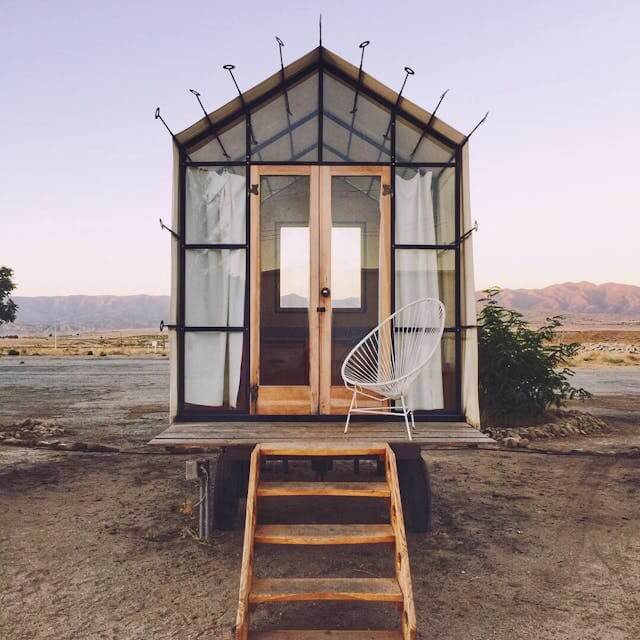California Tiny House Zoning Laws Overview
California remains the most accommodating state for small‑footprint housing because state law requires every city and county to allow accessory dwelling units (ADUs) on most residential lots. That gives tiny‑home builders a predictable path for dwellings on permanent foundations. The California Residential Code (2022) also includes Appendix AQ (Tiny Houses), which officials can use to evaluate compact homes for life‑safety, egress, lofts, and small‑scale stairs or ladders. Where outcomes diverge is on wheels: a tiny house on wheels (THOW) is often treated like a vehicle or RV unless a local ordinance explicitly recognizes a movable tiny house as an ADU. Counties oversee unincorporated areas and can add site‑specific standards—setbacks, height, parking, fire access, utilities, and coastal or wildfire overlays—so always verify your parcel’s zoning and the submittal checklist with Planning and Building. Use the Jump to County Rules menu to scan local nuances and hit the linked primary sources before you buy, build, or tow.
California law allows ADUs statewide, but tiny houses on wheels depend on local county and city rules.
Understanding the zoning laws is just the first step. Once you know what is legal in California, you can start looking at tiny houses for sale in California or connect with local builders who have experience working within these regulations. If you want a turnkey solution, consider joining a tiny house community in California where all the zoning and permits are already handled.
